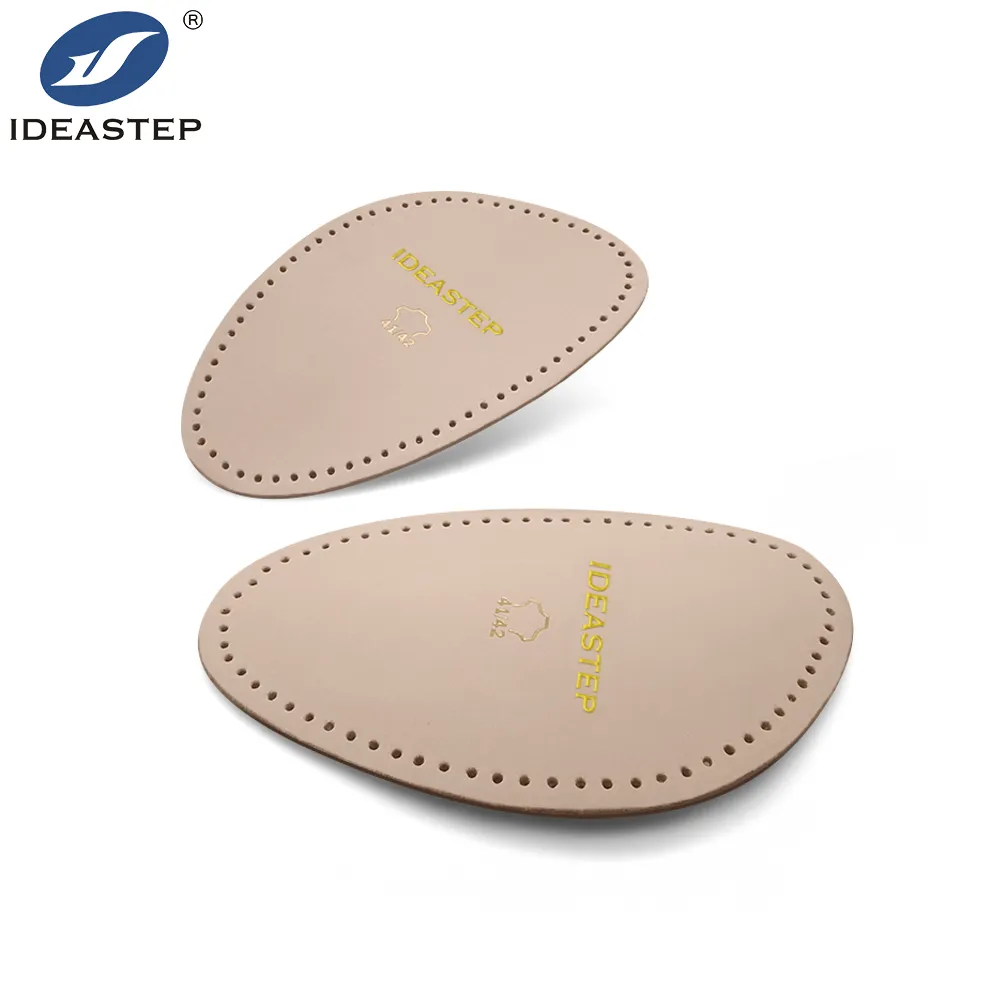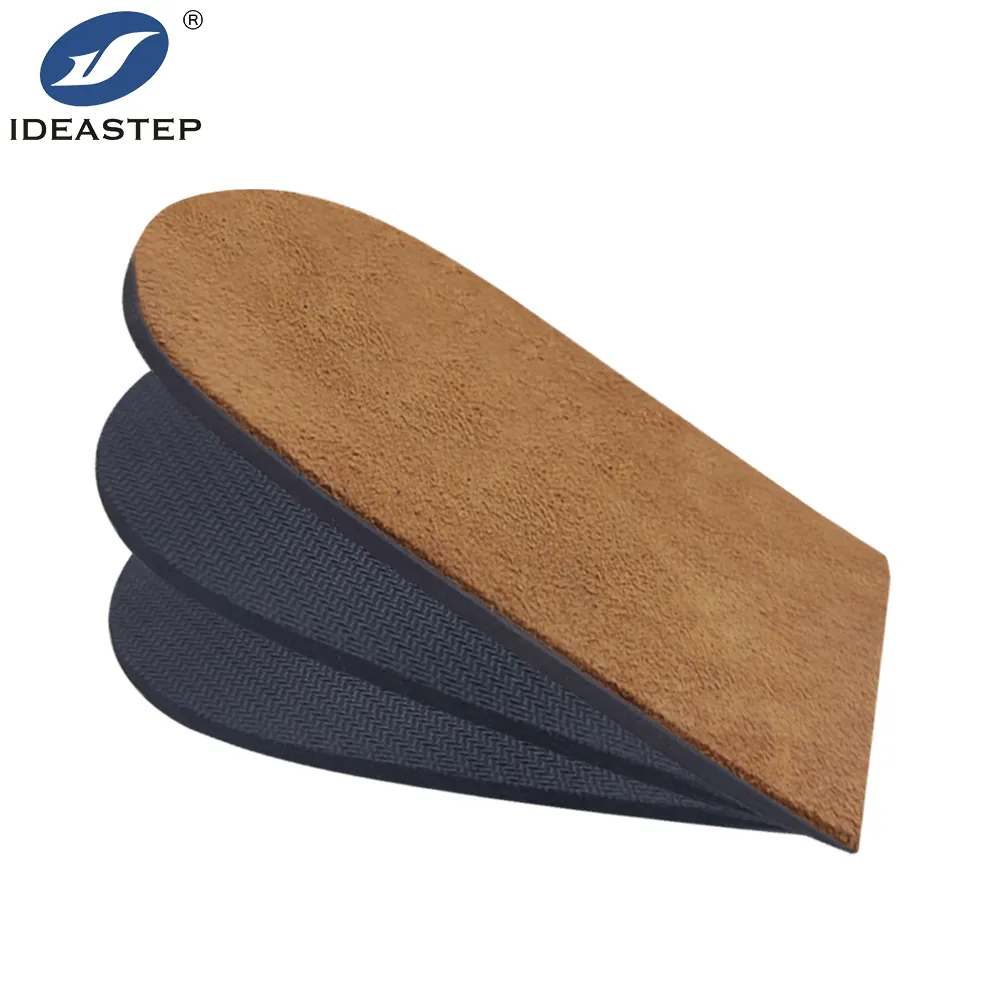Accessories such as shoe heel pads are believed to be some of the most important, for they make the long hours that an individual has to be on their feet considerably more comfortable and in good support. A proper selection of heel pads will definitely go a long way in improving one’s general health, especially athletes and active people. This review tends to discuss the different types of heel pads, their importance, and what one should pay attention to while choosing to ensure that one gets the best fitting of shoe heel pads.
Heel Pads: Getting to Know Them
Heel pads are designed for cushioning the heels by providing extra support and shock absorption during daily activities. They take various forms so that different foot types and a variety of activities can be tackled. Here are some common kinds of heel pads:
- Gel Heel Pads: Being very effective in shock absorption, they assure great comfort and are very well suited for high-impact activities.
- Foam Heel Pads: Light and versatile, these are good enough for daily wear.
- Orthotic Heel Pads: These are designed to provide arch support, heal specific foot issues, and are generally recommended by a podiatrist.
Applications of Heel Pads
Heel pads are useful in the following domains:
- Daily wear shoes
- Sports and athletic shoes
- Work shoes for those involved in hazardous and challenging professions
The Importance of Heel Pads
In regard to comfort, heel pads can boost it by a significant margin because it eases off the pressure on the heel and adds extra cushioning. This will, in particular, help the athletes who engage in high-impact sports whereby the proper heel pads could minimize fatigue and lower the risks of injuries.
To casual wearers, heel pads make shoes in which there might not be enough support more comfortable and help people have posture and healthy feet. Proper cushioning, either at work or during leisure, can only bring about productivity and satisfaction.
Key Considerations When Buying Heel Pads
Buying heel pads requires consideration of a number of factors for one to get the best that suit his needs. First is the:
Material
Different materials provide different types of support and comfort. A small comparison is provided below:
| Material | Advantages | Disadvantages |
|---|---|---|
| Gel | Effective shock absorption | Can feel bulky to wear |
| EVA Foam | Lightweight and inexpensive | Tends to compress over time |
| Polyurethane | Highly resilient | Slightly heavier than EVA |
| Cork | Natural material with good breathability | May need a short break-in period |
Thickness and Comfort
Thicker pads are generally more cushioned, though they may not fit comfortably in most shoes. A good balance between comfort and fit is thus quite crucial so that the functionality of the footwear isn’t compromised.
Breathability and Moisture Management
This comfort can be added to a great deal through selecting heel pads made from breathable materials. The moisture-wicking choices have the effect of serving to keep your feet dry and avoiding blistering when participating in activities.
Durability
It should be strong. Purchase pads that will hold their original shape and continue to perform as expected over a period of time. You will commonly find spending more upfront with a quality product saves you money down the line because you won’t be required to replace it.
Market Recommendations for Heel Pads
There are several brands in the market that sell heel pads of good quality. A few suggestions are listed herein along with their usability as appreciated by customers:
Ideastep Gel Heel Pads
Features: First-class shock absorption; flexibility in fitting
Best for: High-impact sports; ordinary wear
User Response: Very comfortable to wear for long periods
Foam Orthotic Heel Pads
Features: Lightweight and breathable
Best for: Daily wear, low-impact activities
User Response: Great for flat-footed people for necessary support
Cork Arch Support Heel Pads
Features: Natural cork material; firm support
Ideal for: Athletes desiring extra support
User Feedback: Praised for durability and effectiveness during high-intensity workouts
Caring for Your Heel Pads
Good care can extend the useful life of your heel pads. Here are some helpful tips:
- Cleaning: Clean heel pads regularly with a damp cloth and mild soap, as dirt and moisture can cause buildup.
- Drying: Allow them to air dry completely; do not expose them to direct sunlight or sources of heat.
- Replacing: Be observant of the replacement signs. When cushioning has flattened or discomfort is back, that is a sign it’s time for a new pair. They are normally suggested for replacement every six months up to a year depending on use.
Conclusion
You can consider the various factors of material, thickness, breathability, and durability to make an informed decision that suits and adds more value to your experience. Some brands, including Ideastep, have a range of products made using high-quality materials with certain needs in mind. Indeed, time and effort spent on choosing the right heel pads for your shoes can pay off when trying to improve one’s life quality—be it an athlete or a person who has to stay on his feet for several hours.
Frequently Asked Questions
Which all types of shoes can heel pads be used for?
Heel pads can be used in most types of shoes, whether athletic, casual, or work shoes.
How often should heel pads be replaced?
Replace the heel pads whenever necessary; this period is usually between 6 -12 months.


